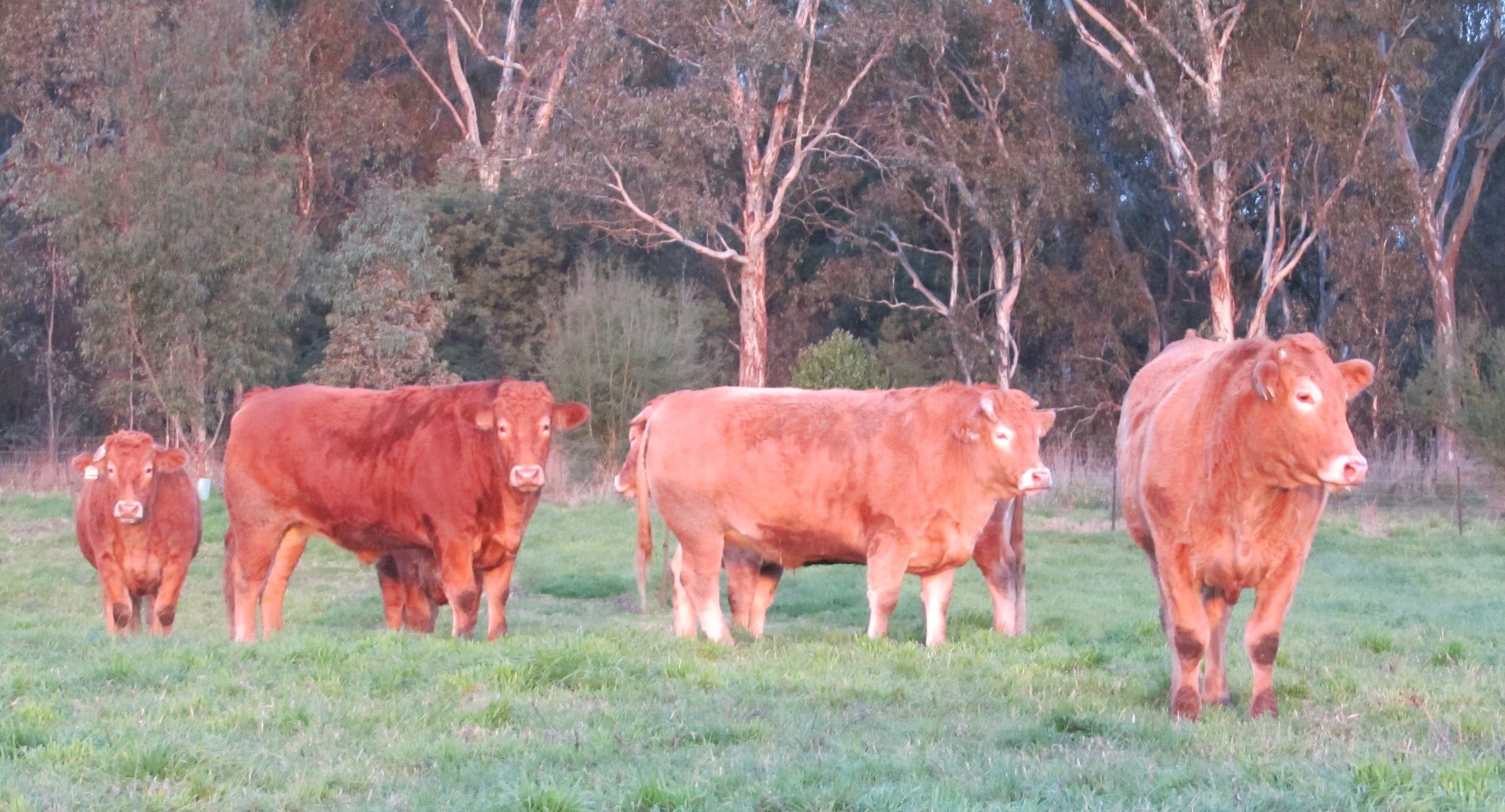 A monthly column written on the global beef trade by Steve Kay, publisher of US Cattle Buyers Weekly
A monthly column written on the global beef trade by Steve Kay, publisher of US Cattle Buyers Weekly
I HAVE just returned from a ten-day trip to Spain, one of my favorite countries to visit in Europe.
I stayed mostly in Barcelona and once again enjoyed its beauty, culture, food and more. I also made a two-day trip to the foothills of the Pyrenees, where I witnessed up close both the stunning countryside filled with pastures and dense green forests, but also the Spanish cattle industry.
As I drove through the region, I saw numerous beef cattle herds, some of which appeared to be Charolais but were more likely to be one of the 49 native beef breeds that Spain has.
I saw thousands of round hay bales standing in what were often fields of no more than a couple of acres. I also saw close up ultra-modern feeding barns, whose roofs no doubt gave respite to the cattle from the blazing sun.
I won’t presume to make any conclusions after what was just a cursory glimpse but it appeared that the Spanish cattle and beef industry is thriving, and is an important part of the country’s overall economy. But it is also in transition.
In a recent report, USDA said that after years of increased production of animal protein, Spain is now taking a different approach for its livestock sector.
The Spanish livestock sector’s strategy is now focussed on a more controlled expansion and diversification of export markets.
The overall Spanish meat sector, including cattle and swine, is willing to invest around $3.63 billion, partially through the European Union’s Next Generation funds, to improve animal welfare, sustainability, efficiency and to modernise the sector.
Spanish livestock production contributes more than US$17 billion to the country’s agricultural production, while the country’s meat industry has a turnover of more than US$30 billion, says USDA.
This represents 22.6pc of the total Spanish food industry, making it the leading sector with exports of US$10.4 billion.
Contraction in livestock inventories
However, the new approach may lead to a contraction in livestock inventories for 2022, as producers are looking to minimise the environmental impact and to find alternative export markets to China.

Rubia Gallega cattle, one of the many Spanish heritage beef breeds
In 2020, Spanish official data for cattle and beef showed a slight decrease in production because of the COVID pandemic and higher feed prices. In 2020, Spanish cattle slaughter declined 3.5 percent to 2.4 million animals. Spanish beef production also decreased by 2.6pc to 677,740 tonnes, while carcase weights rose 1pc to 279.5kg from the delays to slaughtering because of the closure of the hospitality sector.
According to the sector, Spain’s cattle slaughter likely decreased 2.4pc in 2021, mainly due to a reduction in calf slaughter, and 3.5pc in 2022 due to low economic performance and Spanish cattle growers’ intention to reduce production.
Spanish cattle herd ending inventories for 2022 might decline 1.1pc, says USDA. In 2020, Spain’s beef exports grew 4pc to 231,000t and US$903m, mainly fueled by an 8pc rise in exports to the EU, especially to Italy and Greece. This level of exports and a decrease in imports led to the second positive trade balance since 2000 of US$289m. This positive trend continued from January to July 2021.
In 2020, Spain exported 85pc of its beef to other EU member states, mainly to the Mediterranean countries, says USDA.
China, South Korea export targets
Since 2020 Spanish beef exports experienced significant increases to Canada, Indonesia, Vietnam and Hong Kong. According to the Spanish beef industry, in 2020 Spanish beef exports experienced a change in trade flow from North Africa to new markets.
Additionally, the Spanish beef sector is still working to open China and South Korea. According to industry sources, Spanish beef exports to non-EU markets are expected to rebound to normal levels in 2021, continuing with its positive trend in 2022, says USDA.
Exports are thus the lifeblood of the Spanish beef industry, as they are for Australia.
US export surge
In contrast, US beef exports represent only 15-17pc of total production. But they are also important for the health of the industry.
In contrast to Australia’s spluttering exports, US exports have boomed so far this year and maintained their exceptional performance in May and June, with no signs of slowing down despite ongoing challenges.
Exports set both new volume and value records, topping US$1 billion for the fourth time this year.
May US beef exports reached 135,000t, up 1pc from the previous high posted in May 2021. Export value climbed 20pc to US$1.09 billion, breaking the March 2022 record. For January through May, beef exports increased 4pc from a year ago to 613,266t, valued at US$5.14b (up 34pc).
Even more important, May beef export value averaged US$505 per head of fed slaughter, up 17pc from a year ago, which broke the previous record of US$503 set in January 2022, says USMEF. Through May, per head export value averaged US$483.49, up 34pc from the first five months of 2021. That is how important our exports are.
